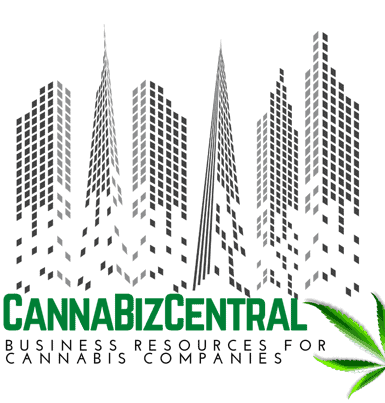5 Ways To Increase Operational Efficiency in your Cannabis Business
In the evolving cannabis industry, companies are streamlining and optimizing their processes.
Owners and managers are looking at their bottom line and strategizing on how to increase their operational efficiency. 5 ways to increase your operational efficiency are:
- Develop a Standard Operating Procedures Manual
- Develop an Employee Training Program
- Fine Tune a Communication Strategy
- Regularly Review Processes
- Implement Best Practices Software Tools
Labor is the highest expense in commercial cannabis activity across the supply chain, accounting for nearly half of production costs. For example, cannabis cultivation requires a skilled team to support production, harvesting, and processing, and packaging.
As a retailer, it’s imperative to calculate labor cost per unit. When these costs aren’t accounted for, inefficiencies lead to lower margins.
Owners and managers are looking at their bottom line and strategizing on how to increase their operational efficiency.

Standard Operating Procedures
- SOPs aren’t just for the operating license application, this is your company’s playbook. These procedures outline not what you intend to do, but what you are doing. If you change what you’re doing outside of that playbook; those SOPs need to reflect that.
- How do you know your SOPs are being followed? Systems with consistent checks and balances! Data doesn’t lie!
Training and Ongoing Support
- Many of us know from experience the cannabis industry has a higher employee turnover rate at 40%-60% within the first 2 months. One might infer it’s because, in a budding industry, we haven’t yet had the time or resources to focus on developing our “training departments” as large corporations have. Cannabis is busy jumping through hoops to satisfy external requirements and therefore we devote our resources to short term needs rather than investing in training infrastructures.
- Maintaining a consistent, up-to-date learning strategy with executable training plans will help you decrease turnover – in all aspects of your operation. What experience does a new (or seasoned) employee have when coming on board or changing roles? Do they know what happens before they join the team? Day 1? Week 1? After a month? Complex roles may take up to 6 months or longer to acclimate to. If employees get frustrated early on they head out the door. What can you do to prevent this from happening?
- Targeted training with ongoing support is crucial to maintain and improve efficiencies. The data shows that investing in your employees decreases turnover and in the long-term, increases your profit margins. According to the Association for Talent Development (ATD), companies that offer comprehensive training programs enjoy a 24% higher profit margin than those who spend less on training.
Communications Strategy
- Today’s world demands quick, effortless distribution of information. One way to increase everyone’s efficiency is to enable that flow of information. Decrease the frequency and length of meetings. While important for decision making and collaboration, too many meetings correlates with lower labor efficiency.
- Introduce a company-wide communication tool, like Slack, to leave the inbox for truly important emails while also opening up communication between departments.
- Build an intranet with internal SOPs, workflow diagrams, important announcements, checklists, etc. Provide your employees with the tools and path to success. When communication flows across departments and seniority, you get a team structure that isn’t limited by bottlenecked decision making. Leadership is more accessible and the company can act quickly, achieving optimal results.
- Create incentives for your team to perform great work. Recognize their accomplishments and offer support when necessary. Positive employee morale goes a long way.
Regular Process Reviews
- Implement internal checks and balances such as audits, workflows and Key Performance Indicators analysis. Consistently reviewing production data will ensure the licensee identifies their operational gaps and can adapt to more efficient and compliant workflows.
- Third-party audits are great resources to identify compliance risks that may not be found through internal audits.
- Monthly or quarterly reviews of standard operating procedures are recommended to verify the documents accurately reflect the physical flows and the details reported to the state agency. Perhaps the state has made changes to their regulations and SOPs need to be modified?
Software Tools That Bring Value
- Software has the power to automate certain processes and save labor time. When chosen, implemented and adopted correctly, it can greatly increase company efficiency. The first step in software evaluation is identifying the challenges your company faces and the ways in which software can help. Then, evaluate each software product on how well its features and services can support your efficiency goals.
- In the cannabis industry, there are many ways to enlist software to optimize workflows. There are traditional software tools like Asana and Slack for project management and internal communication. And there are industry-specific tools like Trym for METRC reporting and cultivation management or Simplifya for compliance monitoring. Check out our piece on implementing Metrc solutions for your cannabis business if you’re in a Metrc state!
by BriAnne Ramsay, CEO of RMCC, and Karen Mayberry, Marketing Director and Co-founder of Trym

